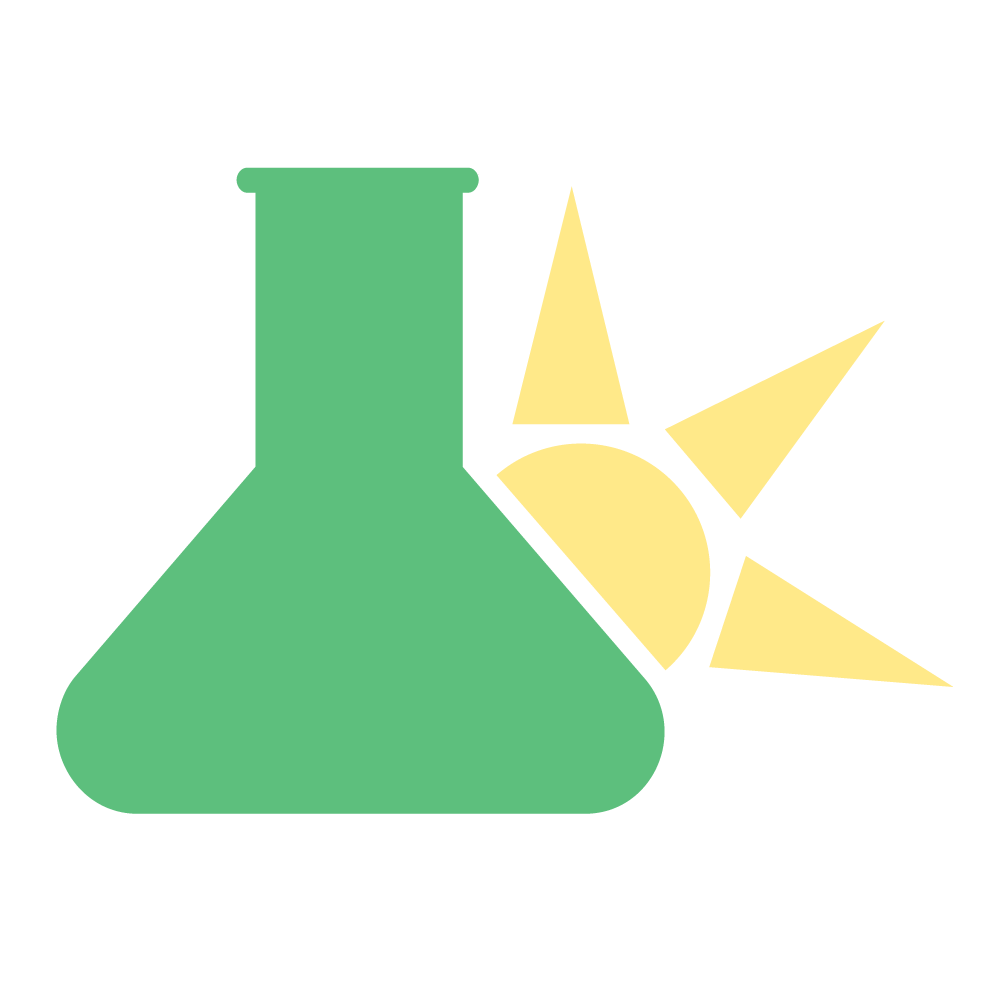What is Magnolia?
Magnolia is one of the oldest flowering plants in existence, dating back as far as 95 million years ago. The first angiosperm is thought to have originated 130 million years ago. this is long before bees first appeared. To no surprise then, magnolia have evolved to be pollinated by beetles instead, which have been around for much longer.
Magnolia is a common herb in traditional Chinese medicine for treating Qi stagnation and removing obstructions.
It remains popular for reducing sinus infection and congestion, sinus headaches, asthma, coughs, and catarrh as well as anxiety and heightened cortisol levels.
+ Indications
- Abdominal pain
- Alzheimer's Disease
- Amoebic dysentery
- Anxiety
- Asthma
- Bloating
- Catarrh
- Coughs
- Diarrhea
- Gas
- Gastroenteritis
- Menstrual cramps
- Nausea/vomiting
- Poor appetite
- Poor digestion
- Rheumatoid arthritis
- Rhinitis
- Sinus infection
- Stress
- Typhoid
- Ulcers
+ Contraindications
Avoid use during convalescence.
How Is Magnolia Used?
Magnolia is used for its anxiolytic and digestive effects.It's often combined with Phellodendron for treating both acute and chronic stress.
Magnolia is also commonly used for upper respiratory tract infection, sinus congestion, and catarrh.
Herb Details: Magnolia
Herbal Actions:
- Antioxidant
- Antiallergic
- Antiasthmatic
- Anxiolytic
- Antibacterial
- Antifungal
- Antispasmodic
- Aphrodisiac
- Emmenagogue
- Expectorant
Weekly Dose
- (1:2 Liquid Extract)
15-100 mL - View Dosage Chart
Part Used
- Bark
Family Name
- Magnoliaceae
Distribution
- Eastern Asia, North America, Central America
Constituents of Interest
- Honokiol
- Magnolol
Common Names
- Magnolia
- Ch'Uan Pu (China)
- Chinese Magnolia
- Choon Pok
- Hou Pu
Quality
- Warm
Pregnancy
- Unknown
Taste
- Bitter
Duration of Use
- Long term use acceptable, but should be monitored by a professional.
Botanical Information
Magnolia officinalis is a medium sized tree, ranging from 5 to 15 m in height. It's deciduous, with purple brown bark.
Magnolia is a member of the Magnoliaceae family of plants. There are 2 subfamilies in this family, including Magnollioideae and Liriodendroideae. The latter of which only includes Liriodendron (Tulip trees). In The Magnoliaceae family there are approximately 219 species, distributed into 17 genera. The vast majority are included in the Magnolia genus, which has about 210 different species.
One interesting note is that it appears magnolia appeared before bees did. The flowers are instead evolved to be pollinated by beetles, due to the extremely tough carpels on the flower. There have also been fossils discovered with plants contained in the Magnoliaceae family as far back as 95 million years ago, making Magnolia one of the oldest remaining angiosperms.
Clinical Applications Of Magnolia:
Magnolia increases the activity of GABA receptors, as well as the muscarinic receptors. This is why Magnolia is useful for both its sedative effect, as well as some mild stimulating effects. While most anxiolytic herbs have a particular effect on the parasympathetic nervous system (through GABAergic effects), Magnolia also increases the activity of the sympathetic nervous system through the muscarinic acetylcholine receptors in a similar way to GABA.
Magnolia is especially useful for eliminating nasal congestion, sinus infections, coughs, and catarrh. It's used to improve indigestion and dysentery, though it is not commonly used for bacterial or fungal infections alone.
Magnolia is also used for reducing symptoms of stress and anxiety. It can reduce cortisol levels in stressed individuals, especially in combination with Phellodendron. Its primary actions for this involves GABAergic activities, and have been shown to lower salivary cortisol levels in stressed individuals.
Magnolia should be avoided in those who are chronically fatigued, or who are suffering from convalescence. Traditional Chinese medicine suggests that magnolia should be avoided with any condition involving yin deficiency.













As COVID-19 continues to spread around the world, we’re getting a lot of questions on what the potential role of herbal medicine is during the outbreak. Learn how the virus works and how to limit your chances of transmission.